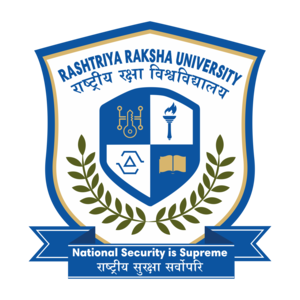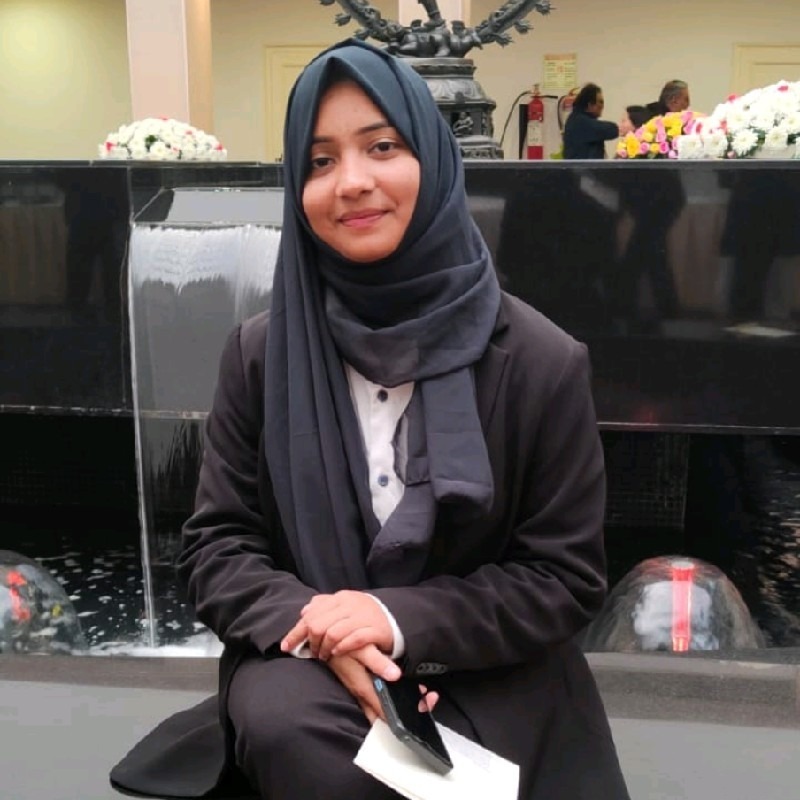
National Law Universities: Dream for Marginal Communities
National Law Universities: Dream for Marginal Communities
- Manohar Singh Rawal
It’s expensive. It’s hard to get. It Involves a lot of risk. It causes a great deal of financial distress and yet, the idea of possessing a professional degree stimulates the ambitious ‘soon to be intellectuals’ young students of our country. A degree in law is no doubt a professional course, it equips an individual with the necessary legal arsenal to defend the hapless with shield of righteousness and wield the sword of justice. But such was not the case prior to the legal education reforms of 1985.
The reforms of 1985, the birth of an academic titan and a cruel departure from the noble: The legal education, prior 1985 was heavily unaccounted for and in a state of constant flux. The Bar Council of India is the supreme body to regulate the legal profession and supervise legal education. Upon the recommendation of the law commission, in the most radical experiment hitherto, introduced a special integrated law degree which would be granted by specialized institution.
In the year 1987 an academic titan was born, marking the beginning of what would later inspire many like itself through the country. Enter the first Indian National Law School, Karnataka. This institution spearheaded to reform multiple aspects of legal professional course. It expanded the duration of the professional course from previously 3 years to 5 years.
No doubt the much-revered institution was envisioned with noble ideas. Its objective was to disseminate legal education so as contribute to national development. To impart knowledge to students and research scholars with a sense of social responsibility to serve society. Its vision was to out-bring graduates to serve the needs of the common people of India.[1]
Education inequality goes to the core of the issue of social and economic disparity. Marginalized group are already at an extreme disadvantage if they are not sensitized of preexisting opportunities that their elite counterparts possess.
The social obligation of equal representation of people from all spheres, binds the consciousness of an egalitarian society. A simple statistical projection would illuminate the problem here. An already expensive professional course which was previously three years, when extended to 5 years, raises the costs exponentially. The only option for a marginalized student to afford the fee is resorting to a bank for student loan. The problem of 5-year term period is that banks in these times of uncertain economy are unwilling to lend a student loan for 5 years plus one year of moratorium period. A question then arises, that if a state sponsored institution is inaccessible to the marginalized student then where else the hapless student would go to acquire their dream professional degree. It seems that in its attempt to create a specialized legal institution, the state-run national law school did not account for such an exponential rise in education fee and may seem to have departed from their noble object with which the institution was established.
Competitive exam and commercial profiteering: Admission to a national law school across the country is undertaken through a unified test called Common Law Admission Test (CLAT). It’s a well-known fact that CLAT is one of the most competitive exams in our country. In year 2019 approximately 60,000 students appeared for the test. This number is only going to mushroom exponentially in each coming year. [2]
The preparation for the CLAT examination may go from a simple “word power made easy” to exorbitantly expensive CLAT coaching centers. Perhaps the principle of equality of education would take a dizzy spin looking at this abysmal picture of the unregulated coaching sector in our country. Coaching centers provide an education market trade off, that rewards best of pooled resources, strategic advantages only to the ones who can pay their high fee. Although it is not a compulsion to undertake such an expensive coaching class to prepare for the exam. But because the nature of the CLAT examination is so competitive, only the ones with best of resources and strategy make it to the top.
A marginalized student cannot pay such a high fee to coaching centers as gateway charges in order to fulfill his yet another expensive dream of joining elite law school. A hardworking student comes through despite the odds, but when the odd is capitalist profit mongering coaching institutes that would take whatever it takes to usurp their students over others, only few manage to get admission to law school without coaching center.
A day in a life of a law student minus the everyday privilege: A typical law school curriculum is mix of Socratic and practical teaching, with diverse learning activities to undertake. Looking form the perspective of a student who only has little means, law school life could be inherently expensive.
Firstly, law School textbooks are very expensive. when the text book to student ratios falls short students are compelled to buy those expensive textbooks at their own cost.[3]
Secondly, competitions, debates and mooting are an intrinsic part of legal education curriculum. These activities are conducted throughout the India that require funding to travel to various states. Only few law schools cover such sponsored expenditures but only to little extent whereas some law schools do none at all.
Thirdly, In the law school the term “vacation” is synonyms with internships. A marginalized student who is already struggling to break means, must now arrange for his/her livelihood in an elite city to intern with an elite law firm. It is also concerning to see that law firms are diminishing their social obligation, with decreasing number of law firms who are willing to pay not even to the point of covering daily expenses to sustain the intern.
The torch bearers to remove the inequality in education: It is important to point out that they are few praise worthy organizations such as Increasing Diversity by Increasing Access to Legal Education (IDIA) that have under taken the initiative to empower the underprivileged communities by sensitizing them about legal education.
IDIA is a charitable institution that enlightens the students residing to the remotest parts of our country about the various lucrative career options in the field of law. It doing so, they train these students through extensive training schedules and test taking mechanism for Common Law Admission Test (CLAT) and prepare them to be on par with their urban counterparts. Once selected, IDIA also assists their trainees with the scholarship upon their enrollment to a law school.
In their journey of a noble cause, IDIA has successfully sensitized over 36000 students to fruitful career options in profession of law. 76 students have successfully taken admissions to various top national law schools.[4]
Acknowledgement is the best cure to ignorance. Our legal education ecosystem has become inaccessible to the marginalized students. If law is meant to be for every section of the society, the why mustn\'t the legal fraternity have representation form every sector of society. Looking at the year on year increasing fee structure of the national law school. Looking at the current tendency, The next generation of lawyers will only form the elite class of the society. Organization like IDIA are playing a significantly key role in preserving the principle of equality in education and thereby contributing to reduce social and economic disparity in the society.
References :-
[1] NLSIU, Right to Information
[2] Deepak Yadav, “CLAT 2019: Around 60,000 appear for the test”, May 26, 2019 https://timesofindia.indiatimes.com/home/education/news/clat-2019-around-60000-appear-for-the-test/articleshow/69506447.cms
[3]APOORVA MANDHANI, “High fees, ‘sexism’ & poor infra has angry national law students erupting in protest”, 25 July, 2019
[4]https://www.idialaw.org/












